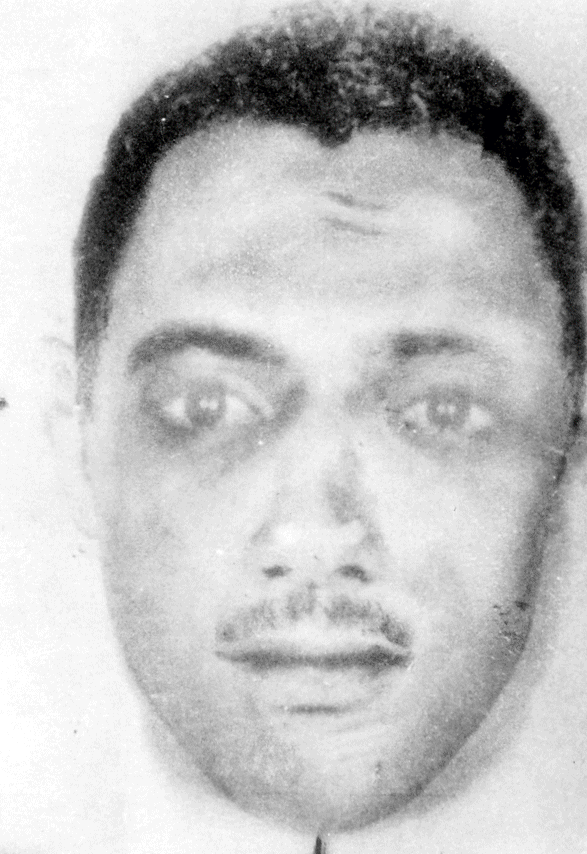How do eyewitnesses make mistakes?
Jennifer’s misidentification of Ronald serves as a striking example of what is known technically as “unconscious transference.” For Jennifer, this chain began when she attempted to translate her memories from that dark, traumatic summer night into concrete, usable information by working with police to assemble a composite sketch. The image of the composite sketch then primed her to select Ronald’s mug shot, which resembled the composite; her selection of the photograph, in turn, influenced her perceptions when Ronald appeared before her in person. Although unsure for a fleeting moment, she chose Ronald from the line-up, thereby solidifying her identification of Ronald as her perpetrator. This ID was reinforced by police and in pre-trial proceedings, and the certainty continued to build upon itself; the image of Ronald’s face even haunting her in nightmares. By the time she went to court, Jennifer was utterly certain that he was her rapist. Her visions of Ron as her attacker became so firmly set in her brain that, when presented with both Ronald Cotton and her real attacker, she reaffirmed that Ronald was, undoubtedly, her assailant.
Many variables can contribute to mistaken identification—for example, a person is more likely to make a mistake when trying to identify someone from a different race than their own—and the complexity of the issue is part of the reason it is the leading factor in wrongful convictions.
For more information, visit The Innocence Project.
–Laura Hastay, Criminal Defense Lawyer
Composite Sketch > Ronald Cotton > Bobby Poole

